POWER PLANT MAINTENANCE: WHAT IS REQUIRED AND HOW DRONES CAN HELP
Power Plant Maintenance: What It Involves and How Drones Can Enhance It
Power plant maintenance is a critical process that ensures the safe, efficient, and continuous operation of power generation facilities. It includes regular inspections, repairs, and upkeep of all equipment and infrastructure within a power plant.
This type of maintenance is essential for ensuring the safety of workers and extending the life of expensive assets. Without proper maintenance, key equipment can degrade over time, leading to potential hazards and costly breakdowns.
Maintenance is an ongoing task in every power plant, whether it's a coal-fired, nuclear, hydroelectric, or wind-powered facility. The goal is to keep everything running smoothly and safely, avoiding unexpected failures that could disrupt energy production.
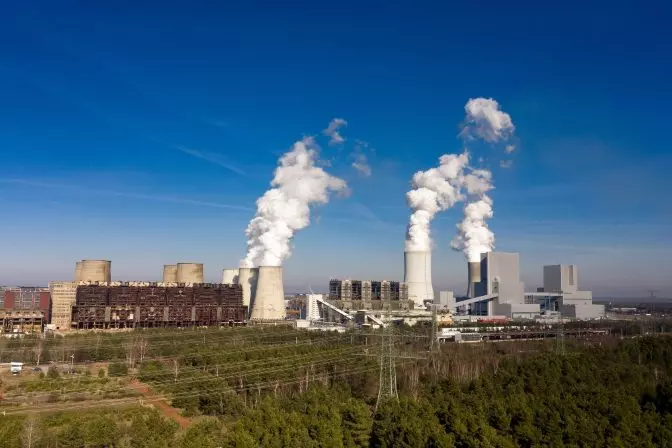 A coal-fired power plant in Eastern Germany
A coal-fired power plant in Eastern Germany
Building new power plants is a massive investment, so many operators prefer to extend the life of existing ones through effective maintenance. This not only saves money but also helps maintain energy supply without the need for large-scale construction projects.
Power plant maintenance is more than just fixing things when they break. It involves routine checks, system integration, reporting, and planned preventive work—ensuring the plant remains operational day after day.
In this article, we’ll explore how power plants function, what maintenance entails, and how drones are revolutionizing the way inspections are conducted. We'll also look at four key ways drones can improve efficiency, safety, and cost-effectiveness in power plant maintenance.
Here’s a quick guide to help you navigate the content:
How Power Plants Work
What Power Plant Maintenance Requires
Four Ways Drones Can Improve Power Plant Maintenance
How Power Plants Work
Power plants are designed to convert various forms of energy into electricity. Whether it's from burning fossil fuels, nuclear reactions, or renewable sources like wind and solar, the end goal is to generate usable power.
Thermal power plants, one of the most common types, use heat from burning fuel to produce steam, which then turns a turbine connected to a generator. This process generates electricity that can be distributed to homes and businesses.
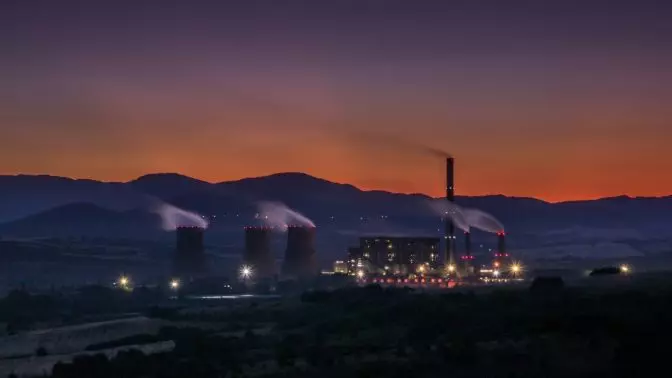 A thermal power plant in Bulgaria
A thermal power plant in Bulgaria
Other types of power plants include:
Nuclear power plants, which use heat from nuclear fission to generate steam.
Coal-fired power plants, where coal is burned to create steam.
Hydroelectric plants, which harness the energy of flowing water.
Solar power plants, using photovoltaic panels to convert sunlight into electricity.
Wind power plants, which rely on wind turbines to generate power.
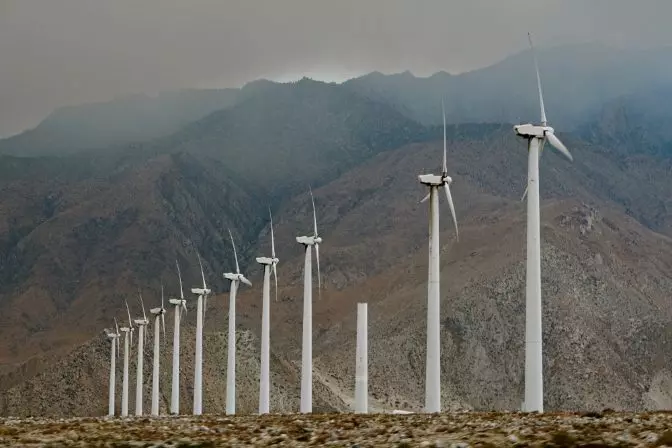 Wind turbines generate power for wind power plants
Wind turbines generate power for wind power plants
Power Plant Maintenance Planning
Effective power plant maintenance requires careful planning and coordination. A dedicated Power Plant Maintenance Engineer often oversees these efforts, ensuring that all systems are operating safely and efficiently.
This role involves managing schedules, coordinating with teams, and making sure that all maintenance tasks meet industry standards. It’s a complex job that requires both technical knowledge and strong organizational skills.
Modern power plants use advanced technologies like SCADA and CMMS to track equipment status and manage maintenance tasks. These systems allow engineers to monitor conditions in real-time and streamline operations.
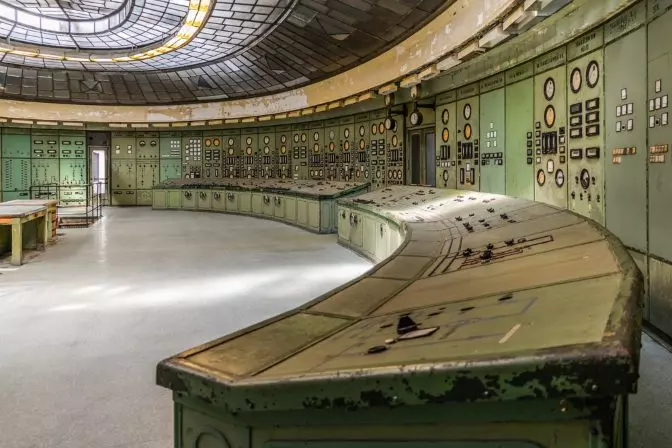 A control room at an old power plant
A control room at an old power plant
Four Ways Drones Help Improve Power Plant Maintenance
Inspections are a vital part of power plant maintenance, helping to identify issues before they become major problems. However, traditional methods can be risky, time-consuming, and costly. Drones are changing this by offering safer, faster, and more efficient alternatives.
From inspecting confined spaces to monitoring high-risk areas, drones are proving to be invaluable tools in modern power plant maintenance.
1. Improving Inspection Safety
Drones can replace human inspectors in dangerous environments, reducing exposure to risks such as radiation, extreme temperatures, and hazardous materials. This is especially important in nuclear power plants, where even short exposures can add up quickly.
Using drones allows inspectors to stay outside of hazardous areas while still gathering detailed visual data. For example, Flyability’s Elios series of drones is designed to navigate tight spaces and withstand collisions, making them ideal for inspecting boilers, tanks, and other hard-to-reach areas.
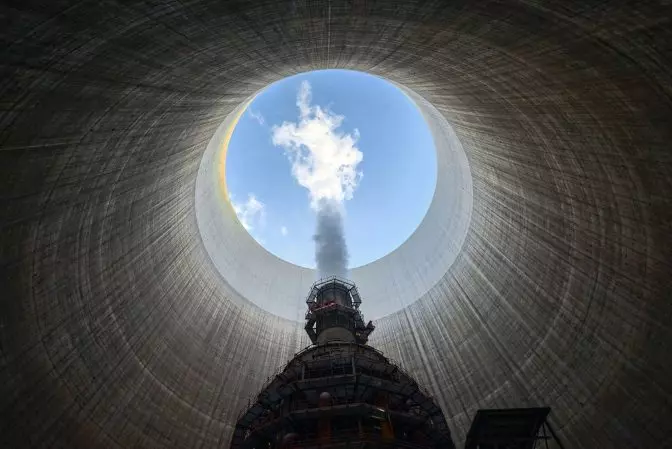 A picture taken by the Elios 1 while inspecting a nuclear power plant
A picture taken by the Elios 1 while inspecting a nuclear power plant
2. Expanding Access to Assets
Many parts of a power plant are difficult or impossible to access using traditional inspection methods. Scaffolding, ropes, and confined space entry are often required, which can be time-consuming and unsafe.
Drones eliminate the need for these setups, allowing inspectors to reach areas that were previously inaccessible. They can fly into narrow spaces, high places, or even inside large structures like cooling towers, capturing detailed images and data in real-time.
3. Increasing Savings and ROI
By replacing manual inspections with drone-based solutions, power plants can save significant amounts of time and money. Drones reduce the costs associated with scaffolding, paperwork, and downtime, while also improving the speed and accuracy of inspections.
For instance, a recent project showed that a drone inspection of a cooling tower saved over 470 hours of labor, significantly cutting down on operational delays and costs.
4. Prolonging Asset Lifespans
Frequent and accurate inspections help identify small issues before they become major failures. This proactive approach extends the lifespan of critical components and reduces the need for costly replacements.
Companies like Pampa Energia have already seen the benefits of drone inspections, with one test flight uncovering a problem that would have otherwise led to a $420,000 repair. By catching issues early, drones help power plants operate more efficiently and sustainably.
Moreover, increased inspection frequency can lead to environmental benefits, such as reduced emissions, contributing to a greener future.
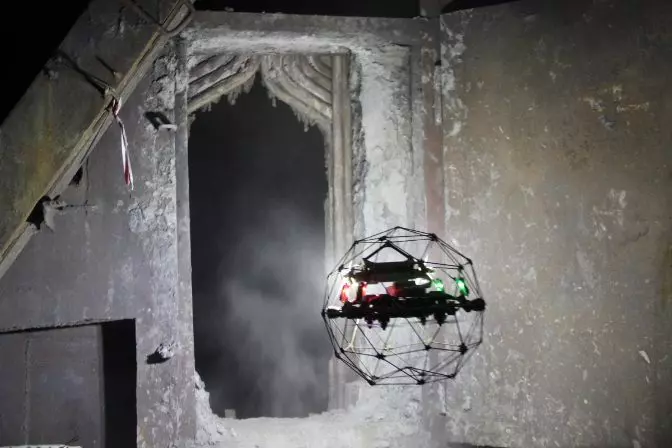 The Elios 2 conducting an inspection at a coal-fired power plant in the Ukraine
The Elios 2 conducting an inspection at a coal-fired power plant in the Ukraine
Drones and Intrinsic Safety
While no commercially available drone is currently considered intrinsically safe for use in explosive environments, there are ways to make such areas drone-friendly. Techniques like nitrogen purges or degassing can reduce risks, allowing drones to perform inspections safely.
As technology advances, the use of drones in hazardous locations is becoming increasingly viable, opening up new possibilities for power plant maintenance and safety improvements.
Want to learn more about how drones can transform power plant maintenance? Explore our resources on the Flyability website to discover the full range of benefits and applications.
Child Costumes,Girls Cosutmes,Party Costumes Carnival,Carnival Halloween Costumes
Leadtex Animation Creative Co., Ltd. , https://www.leadtex.com